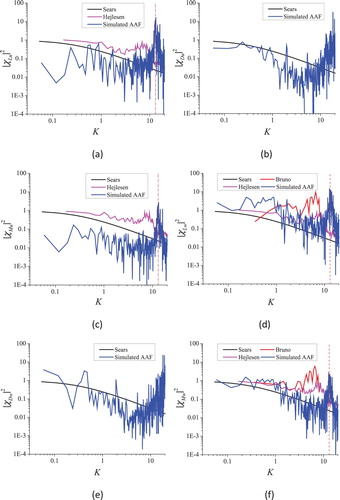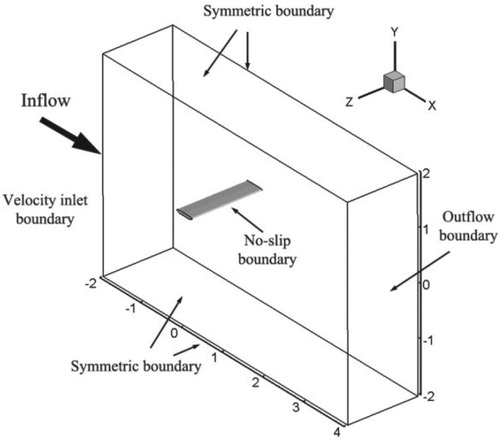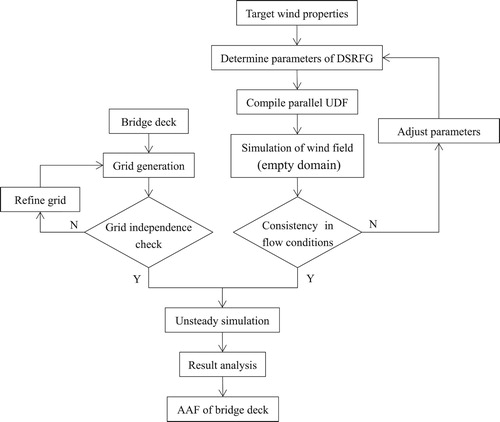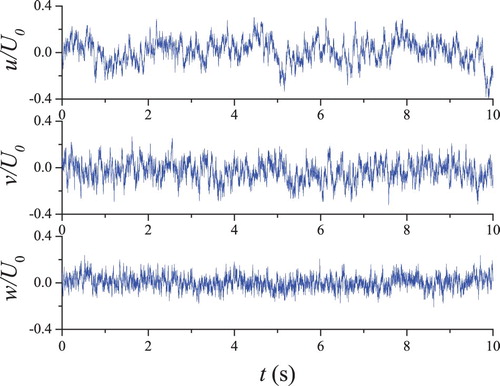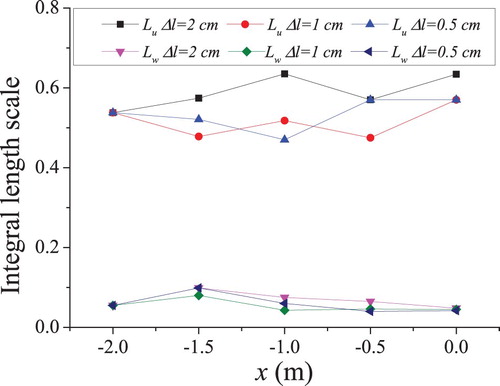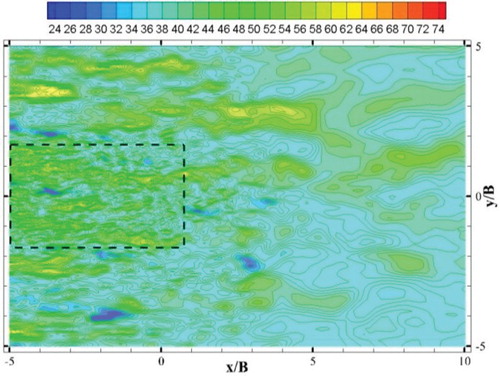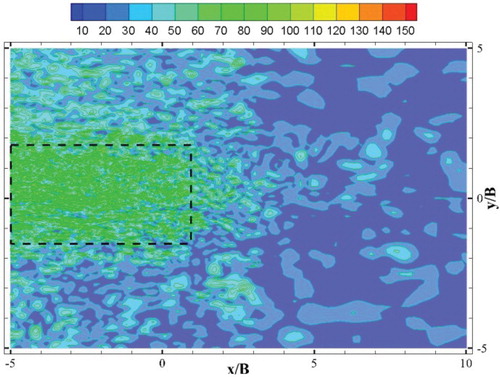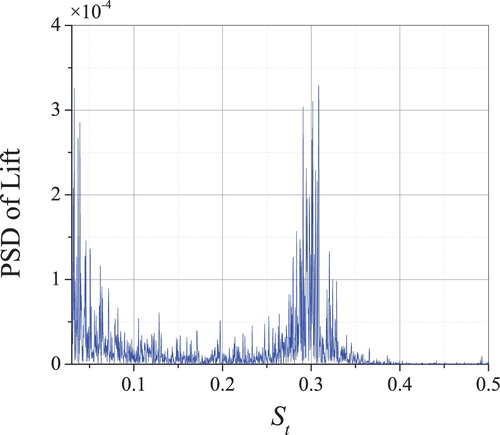Figures & data
Figure 1. Cross-sections of bridge decks: (a) Great Belt East Bridge, (b) Danjiang Reservoir Bridge (units: m).
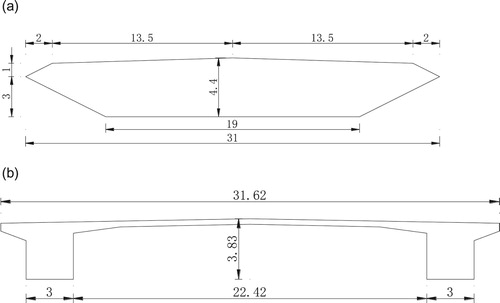
Figure 3. Meshing of the computational domain: (a) overview of the mesh arrangement, (b) distribution of the mesh near the streamlined box girder, (c) distribution of the mesh near the type girder.
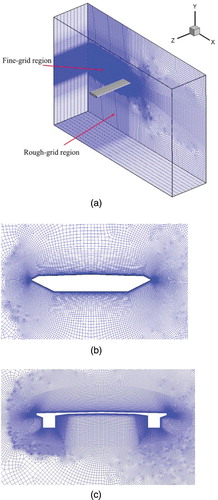
Figure 4. y+ distribution on girder surface: (a) Great Belt East Bridge, (b) Danjiang Reservoir Bridge.

Table 1. Turbulence properties at the Great Belt East Bridge site.
Figure 6. Comparison of the spatial correlation factors with different Csp values: (a) u component, (b) v component, (c) w component.
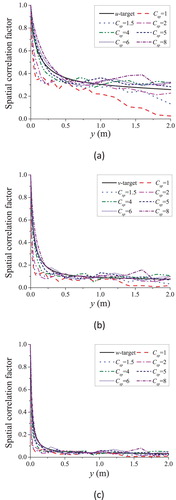
Table 2. Key parameters adopted in the DSRFG method.
Table 3. Simulated turbulent velocities for Great Belt East Bridge site in comparison with target values.
Figure 9. Mean wind velocity profiles in comparison with target profiles: (a) =2 cm, (b)
=1 cm, (c)
=0.5 cm.

Figure 10. Turbulence intensity profiles in comparison with target profiles: (a) =2 cm, (b)
=1 cm, (c)
=0.5 cm.

Figure 11. Spectra of the longitudinal velocity component in comparison with the target spectrum: (a) =2 cm, (b)
=1 cm, (c)
=0.5 cm.
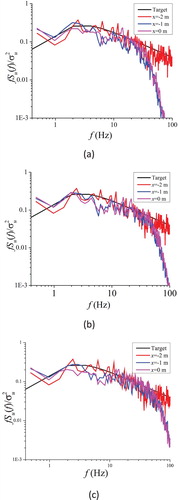
Figure 12. Spectra of the vertical velocity component in comparison with the target spectrum: (a) =2 cm, (b)
=1 cm, (c)
=0.5 cm.

Figure 14. Wind spectra at x=2 m with different time step sizes in comparison with the target spectrum: (a) Spectra of the longitudinal velocity component, (b) Spectra of the vertical velocity component.
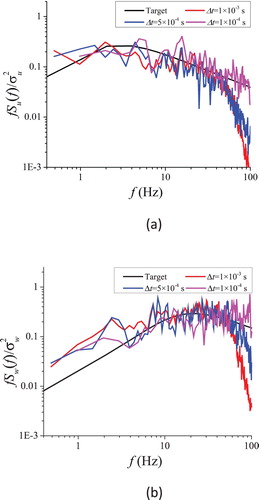
Figure 18. Arrangement of the monitoring points: (a) Great Belt East Bridge, (b) Danjiang Reservoir Bridge.
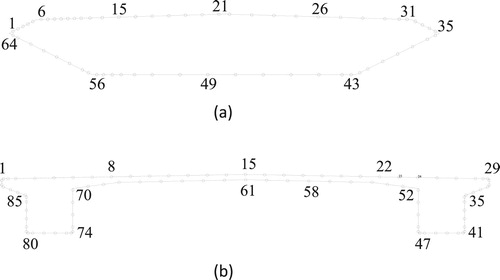
Figure 19. Mean pressure distribution, (a) upper surface of the Great Belt East Bridge, (b) lower surface of the Great Belt East Bridge, (c) Danjiang Reservoir Bridge.
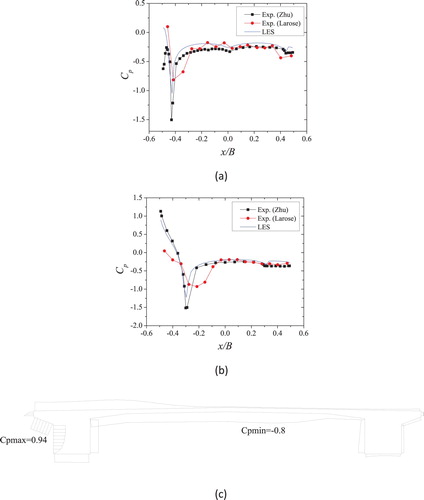
Figure 20. Instantaneous pressure contours around girder section: (a) Great Belt East Bridge, (b) Danjiang Reservoir Bridge.
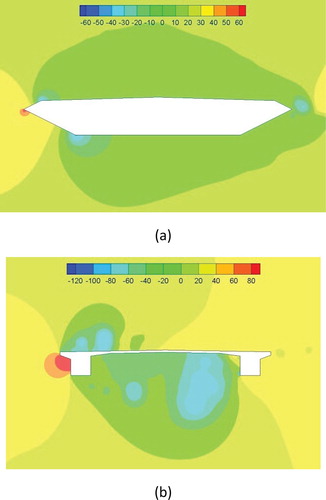
Figure 21. Streamlines of flow around the girder section: (a) Great Belt East Bridge, (b) Danjiang Reservoir Bridge.
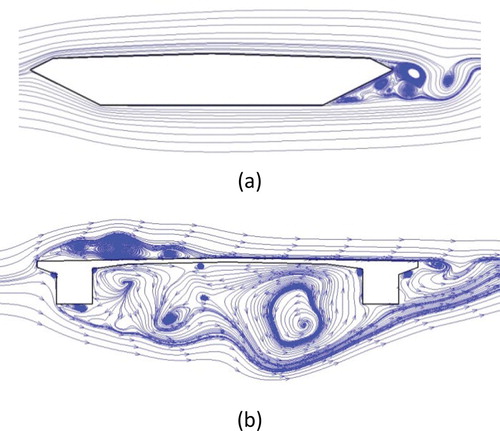
Figure 22. AAFs of the Great Belt East Bridge box girder section. The estimated vortex shedding frequency is indicated by a vertical line (dashed red). (a) , (b)
, (c)
, (d)
, (e)
, (f)
.
